The Stone Pillar in the Sky
Da Bia Mountain, the highest mountain in the Dai Lanh mountain range of Deo Ca range (Hoa Xuan Nam commune, Dong Hoa town, Phu Yen ), marks the majestic end of the Truong Son range as it stretches out into the East Sea. The most unique feature of the mountain is the giant rock block up to 76 m high on the top.
Legend has it that this stone block was engraved by King Le Thanh Tong to mark the border of Dai Viet.
PHOTO: LE MINH
From Highway 1 through Hoa Xuan Dong Commune (Dong Hoa Town), Da Bia Mountain appears with the appearance of an ancient Cham tower. Approaching the foot of the mountain, in Hao Son Village (Hoa Xuan Nam Commune), the shape of the mountain returns to its name: a giant, majestic stele in the sky.
Looking from Bai Xep, Bai Bang (Hoa Tam commune, Dong Hoa town), Da Bia looks like a Buddha statue. Many people often call it the image of a monk going down the mountain, while others think it is the image of an immortal guarding the mountains and forests.
If you observe the Stone Stele from a distance of tens of kilometers, the characteristic details will be blurred, leaving only the shape of a vertical object rising high on the mountain top, like a pen tip. Perhaps that is why the ancients had the saying "Bi Son But The" (Bia Mountain is like a pen tip).
In the early morning or late afternoon, the top of Da Bia Mountain is often covered with white clouds, sometimes hidden, sometimes visible. During the rainy season or on cloudy days, Da Bia Mountain is always covered with layers of clouds.
Standing on the top of Da Bia Mountain, the view opens up to a beautiful scene of Vung Ro Bay to the east, where fishing boats return after a long trip. To the west is Mui Dien Lighthouse, the easternmost point on the mainland of the Fatherland, and beyond is the vast East Sea.
MYSTERIOUS NAMES
Da Bia Mountain is present in countless legends of indigenous peoples, becoming a sacred symbol, deeply attached to the spiritual life and long history of the land.
Da Bia Mountain is the highest mountain in Dai Lanh mountain range in Deo Ca range, on the mountain there is a giant rock 76 m high.
PHOTO: MINH HIEU
According to legend, in 1471, during the southern conquest to expand the territory, King Le Thanh Tong had words carved on a large rock on top of Da Bia Mountain to affirm sovereignty and demarcate the border of Dai Viet. The name Da Bia Mountain, or Thach Bi Son, originates from this legend. For the ancient Cham people, Da Bia Mountain was considered a sacred mountain, named Lingaparvata, meaning Linga, the great mountain god, the incarnation of the god Siva in their beliefs.
In the Cham community in Phu Yen today, Da Bia is also known as Ho Doang Ktor (Cui Bap mountain), associated with the legend of the hero Chi Rat, the most powerful leader of the Cham land.
The Ede people also preserve another legend. They call Da Bia Kut Bhih, which means the tomb of Mrs. Bhih, the Ede wife of King Po Rome, a legendary king who had three wives: an Ede, a Cham, and a Kinh princess married to Lord Nguyen. According to legend, after Mrs. Bhih passed away, the king built a large tomb to commemorate her, and that is the towering rock on the top of the mountain today.
STONE STONE IMPRESSIONS IN HISTORY BOOKS
According to Mr. Nguyen Le Vu, Deputy Director of the Department of Culture, Sports and Tourism of Phu Yen province, Da Bia mountain is associated with the legend of King Le Thanh Tong's southern expedition in 1471. In Dai Nam Nhat Thong Chi , the National History Institute of the Nguyen Dynasty recorded the king's words when passing through Da Bia: "From the moment heaven and earth opened, boundaries were divided. It rebelled against heaven and had to suffer the disaster of heaven", and then ordered the engraving of words on a large rock on the top of the mountain to demarcate the territory of Dai Viet.
This event was also recorded in Phu bien tap luc by Le Quy Don and Hai trinh chi luoc by Phan Huy Chu. There is a hypothesis that the king only ordered the engraving of the two words "Hong Duc", the reign name of King Le Thanh Tong, while some other opinions say that it was a stele marking the boundary.
By the end of the 19th century, French navigators called the large rock on top of the mountain "God's Finger" (Le Doigt de Dieu) because when viewed from the sea, it stretched out like a giant finger pointing to the sky, becoming an important landmark to help ships navigate in this sea area.
According to Dai Nam Thuc Luc (compiled by the National History Institute of the Nguyen Dynasty), when Phu Yen prefecture was established in 1611, Dai Lanh - Da Bia mountain range officially became the southern border of Dai Viet, under the control of Lord Nguyen. In 1653, when Thai Khang and Dien Ninh prefectures were established (now Khanh Hoa province), Da Bia mountain range became the boundary between Phu Yen and Khanh Hoa.
In 2008, Da Bia Mountain was ranked as a national monument by the Ministry of Culture, Sports and Tourism. Although there are still many debates about the content engraved on the stone, in the minds of Phu Yen people, Da Bia is not simply a block of stone but a "pillar of heaven" guarding the earth and sky, a place where the spiritual energy of the country and rivers gathers. (continued)
Thanhnien.vn
Source: https://thanhnien.vn/nhung-tuyet-tac-thien-nhien-hung-vi-da-bia-185250520000359498.htm




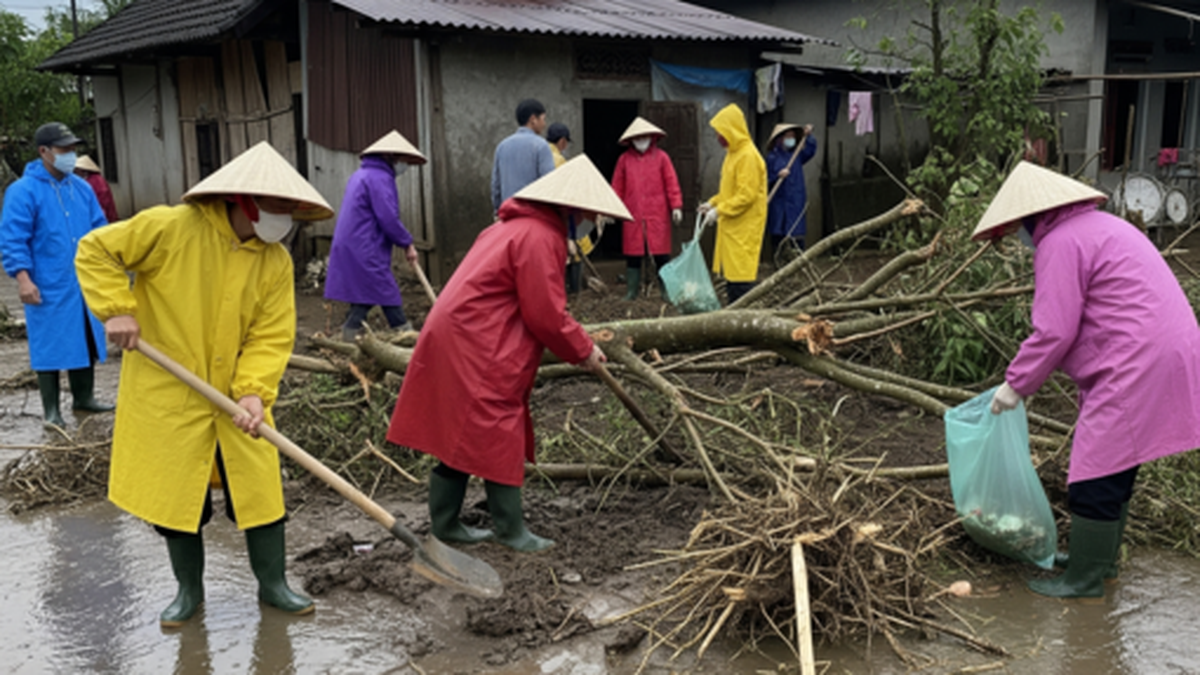

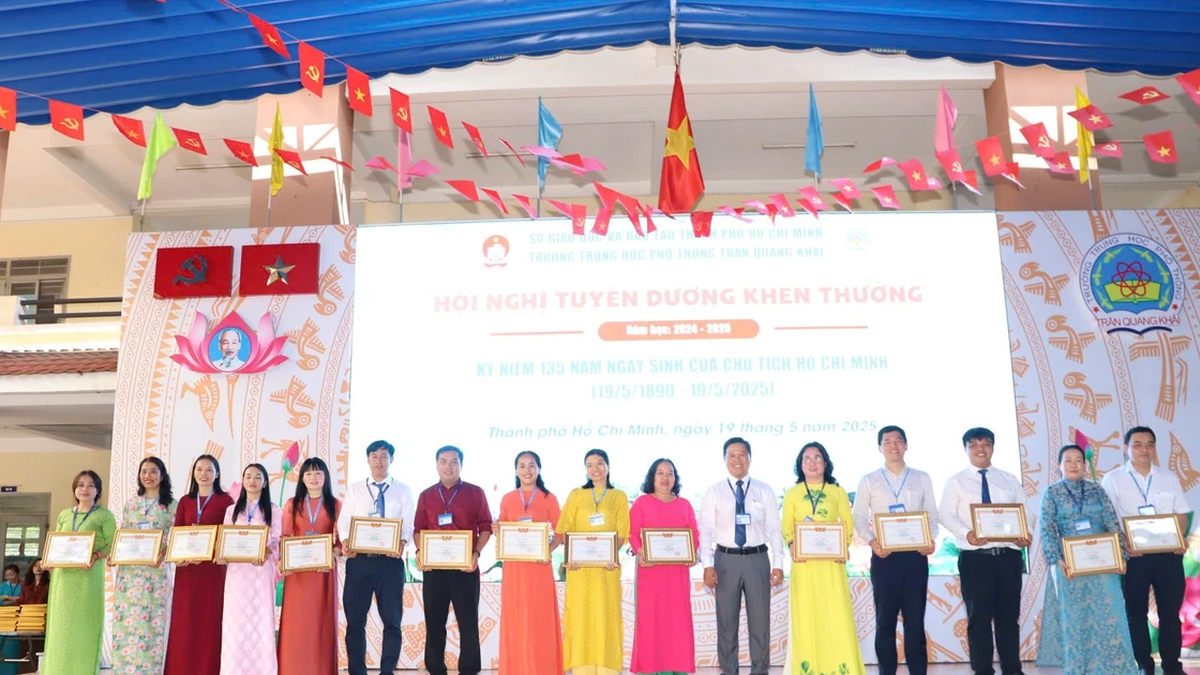
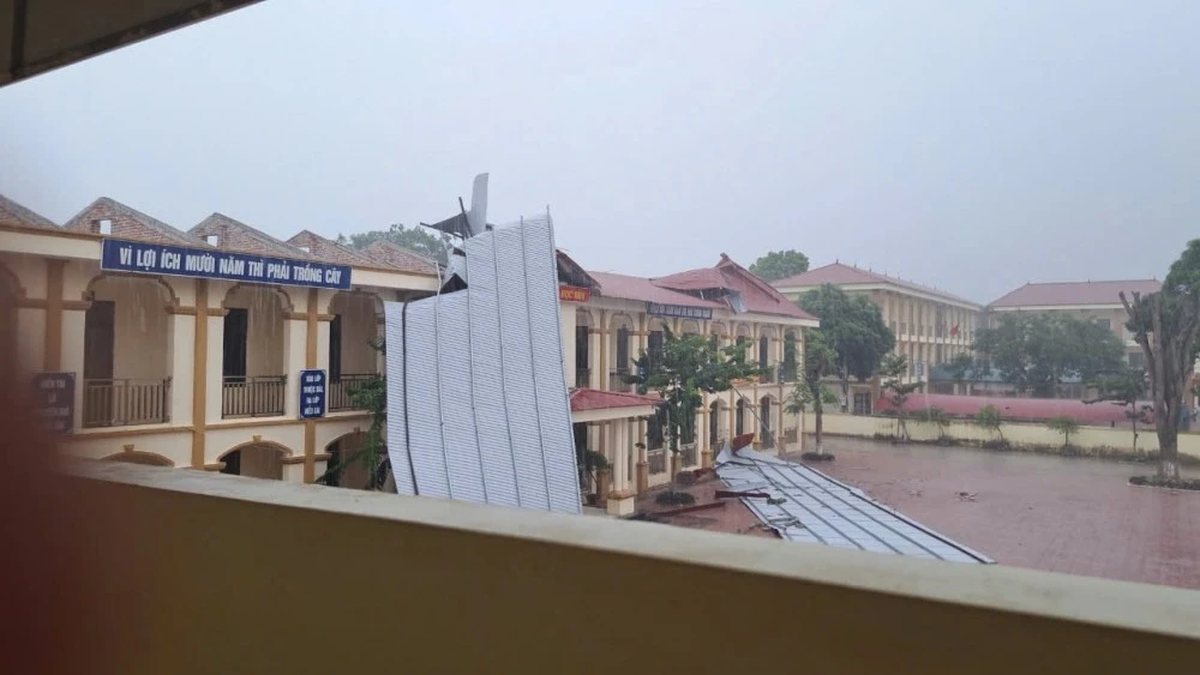
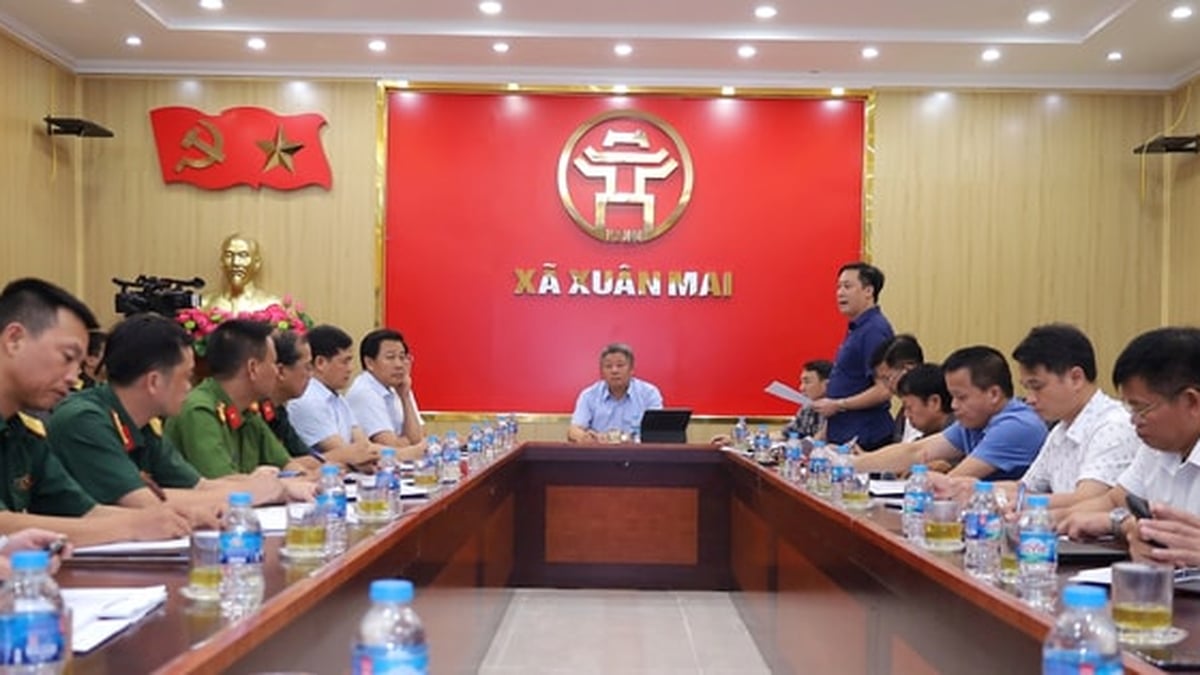
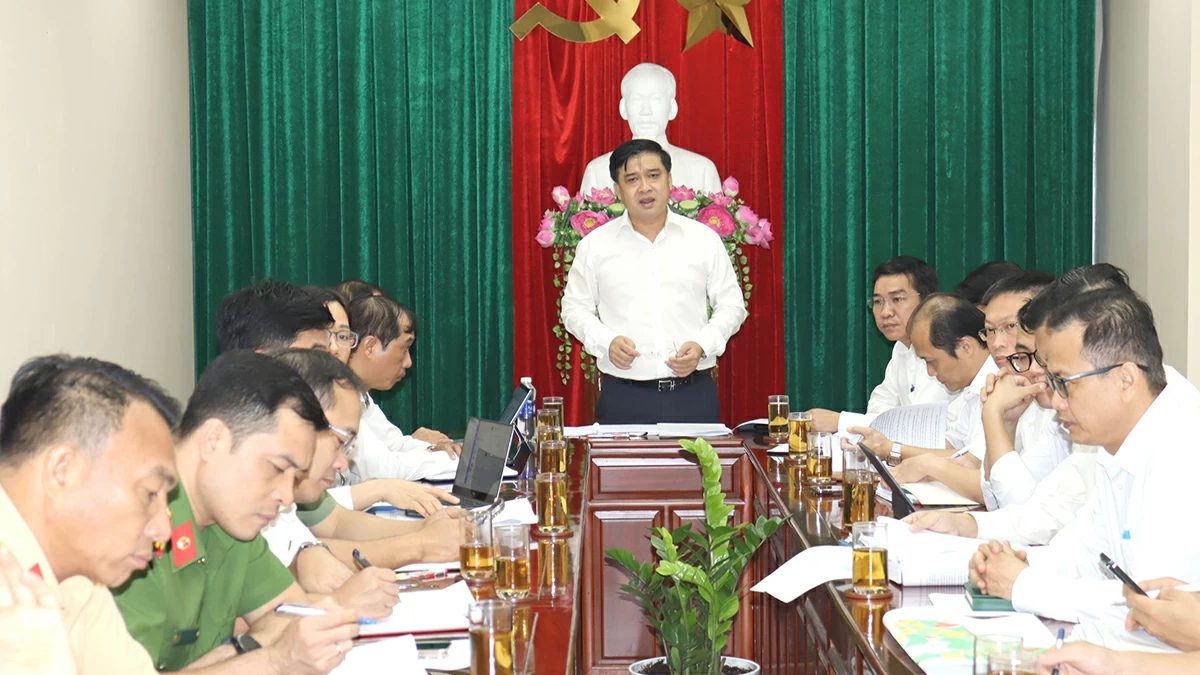
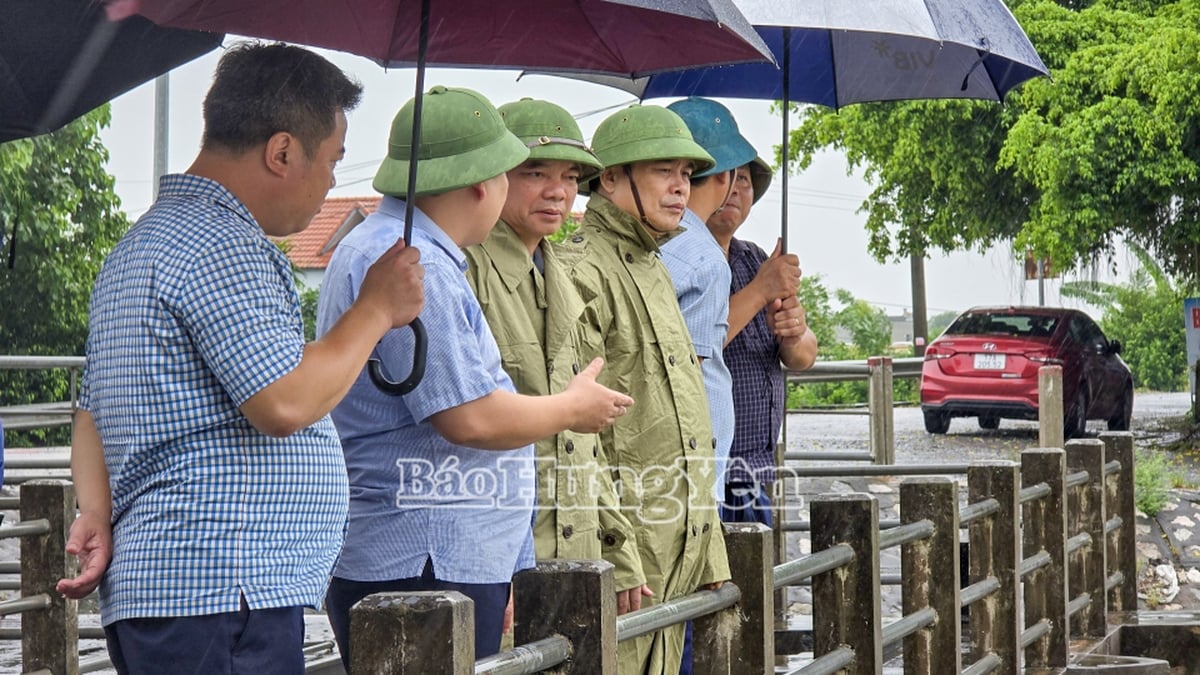
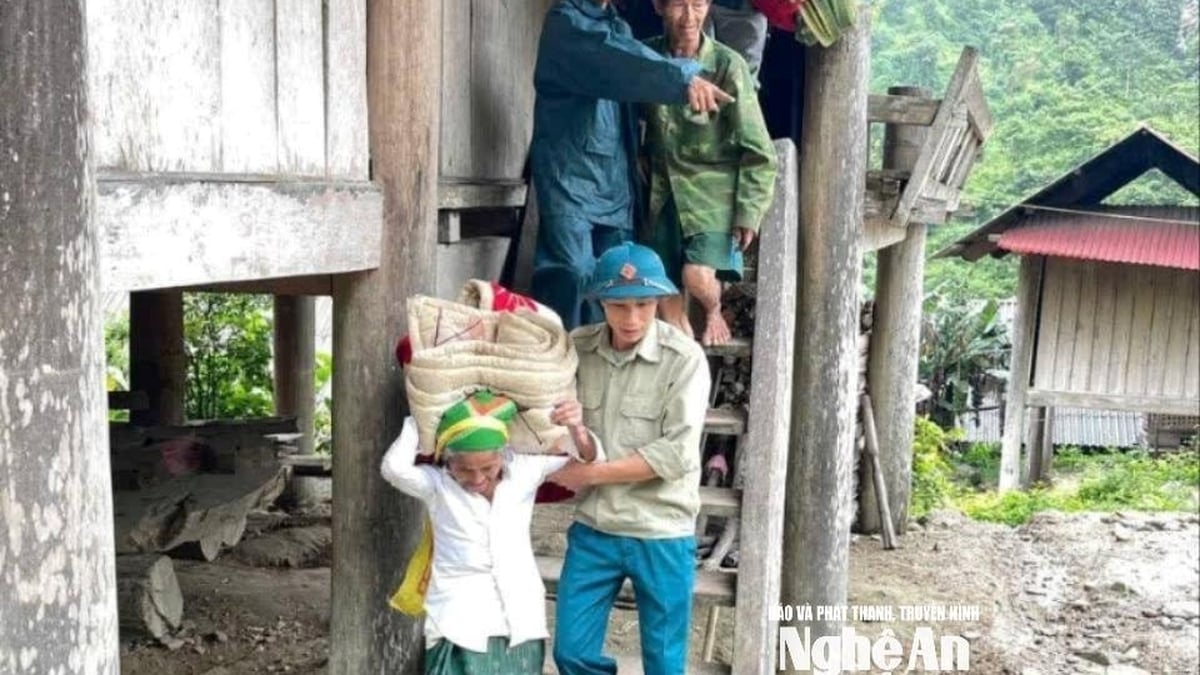












![[Photo] National Assembly Chairman Tran Thanh Man visits Vietnamese Heroic Mother Ta Thi Tran](https://vphoto.vietnam.vn/thumb/1200x675/vietnam/resource/IMAGE/2025/7/20/765c0bd057dd44ad83ab89fe0255b783)









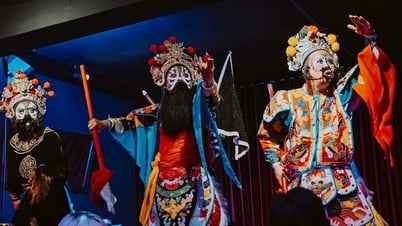





























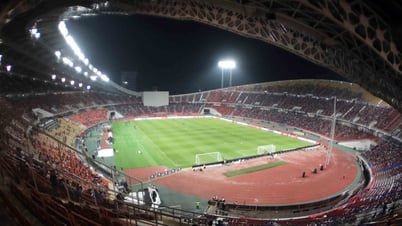

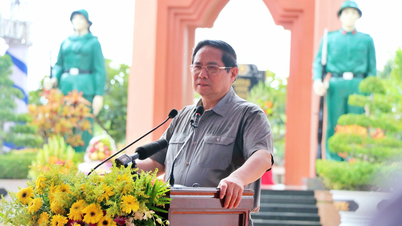
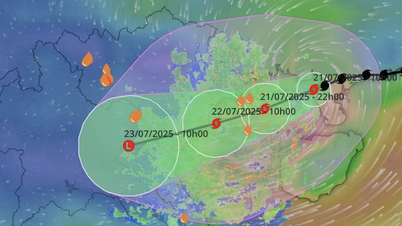

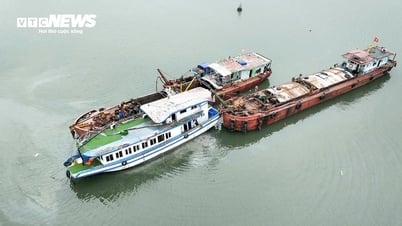


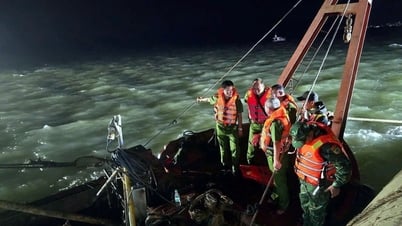
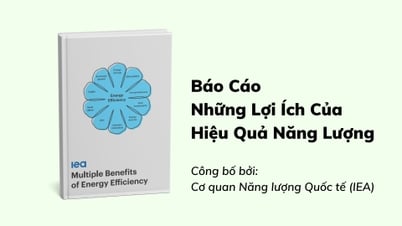





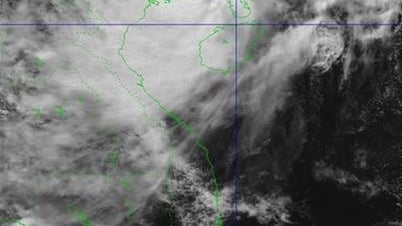



















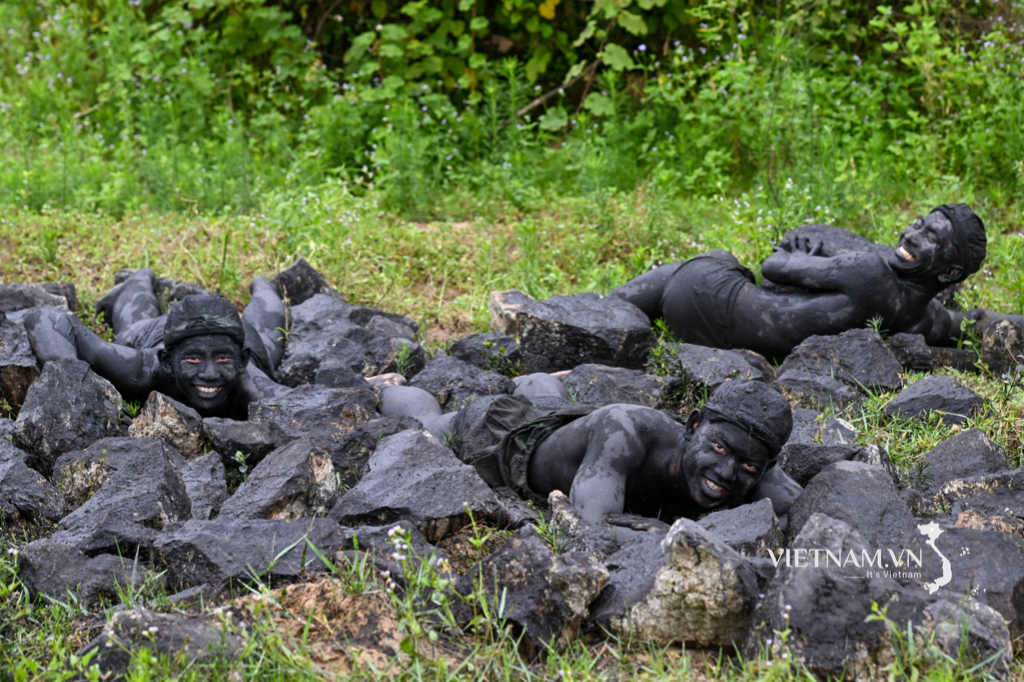
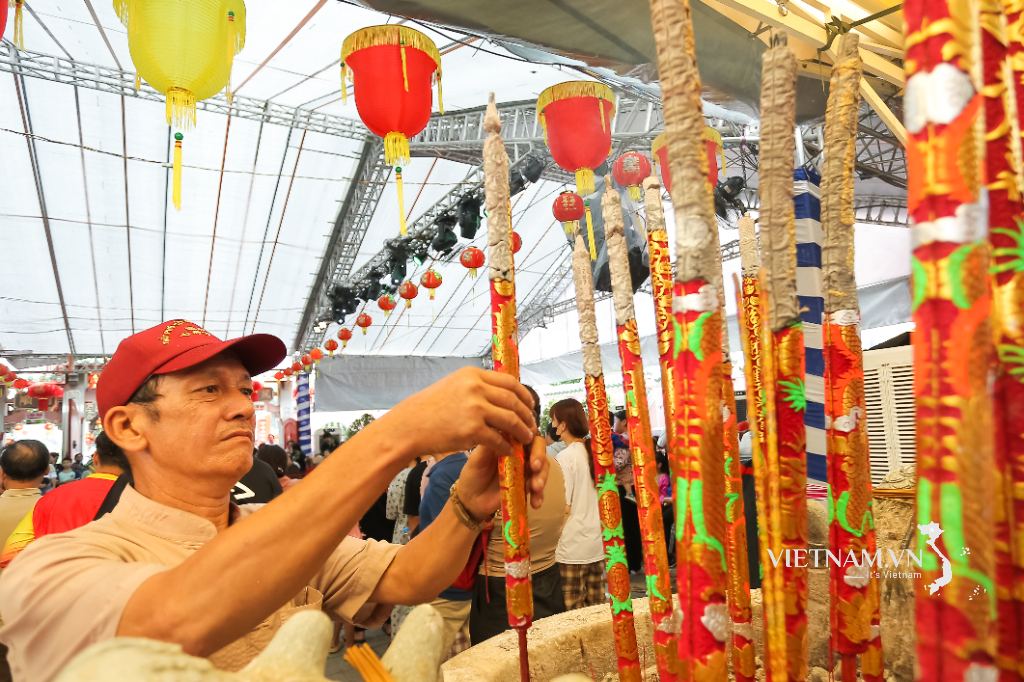
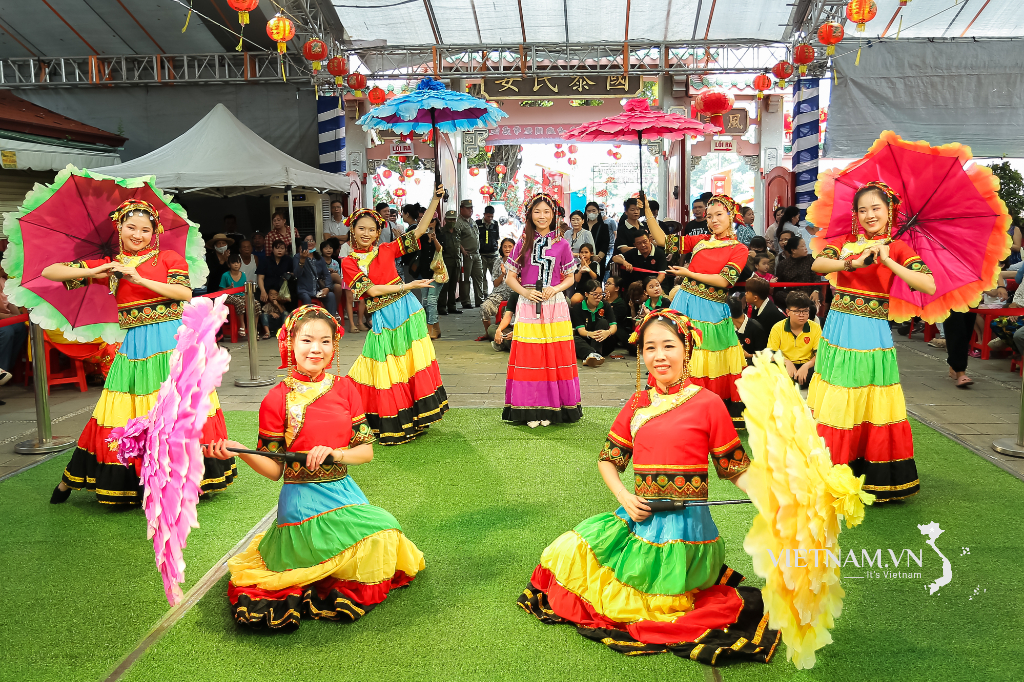
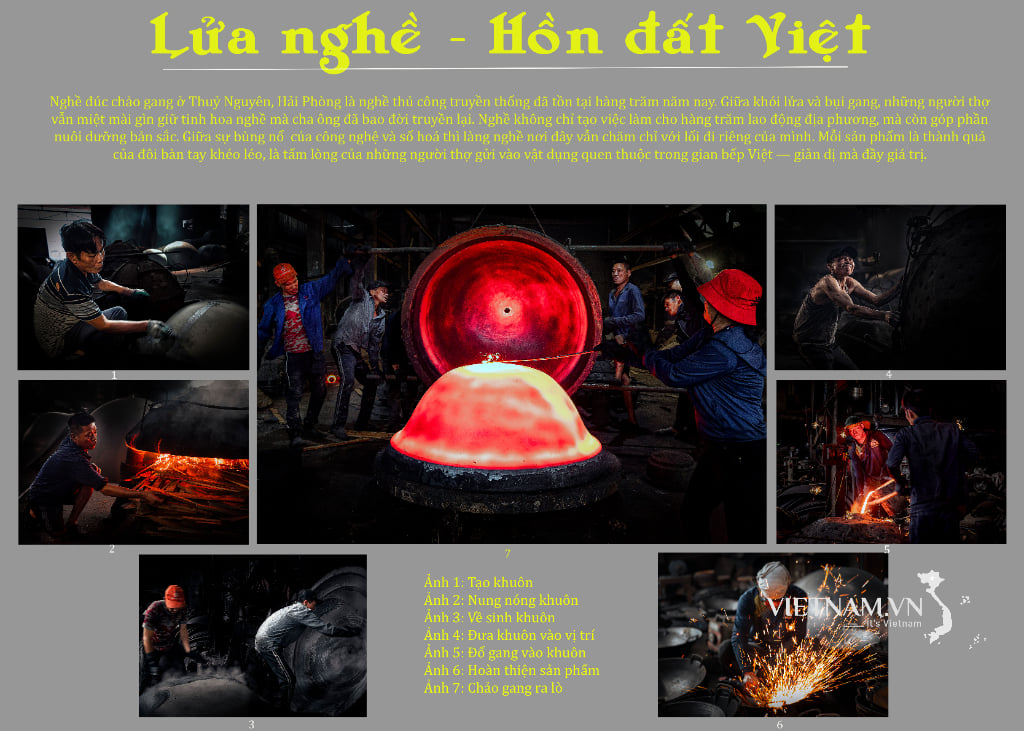
Comment (0)